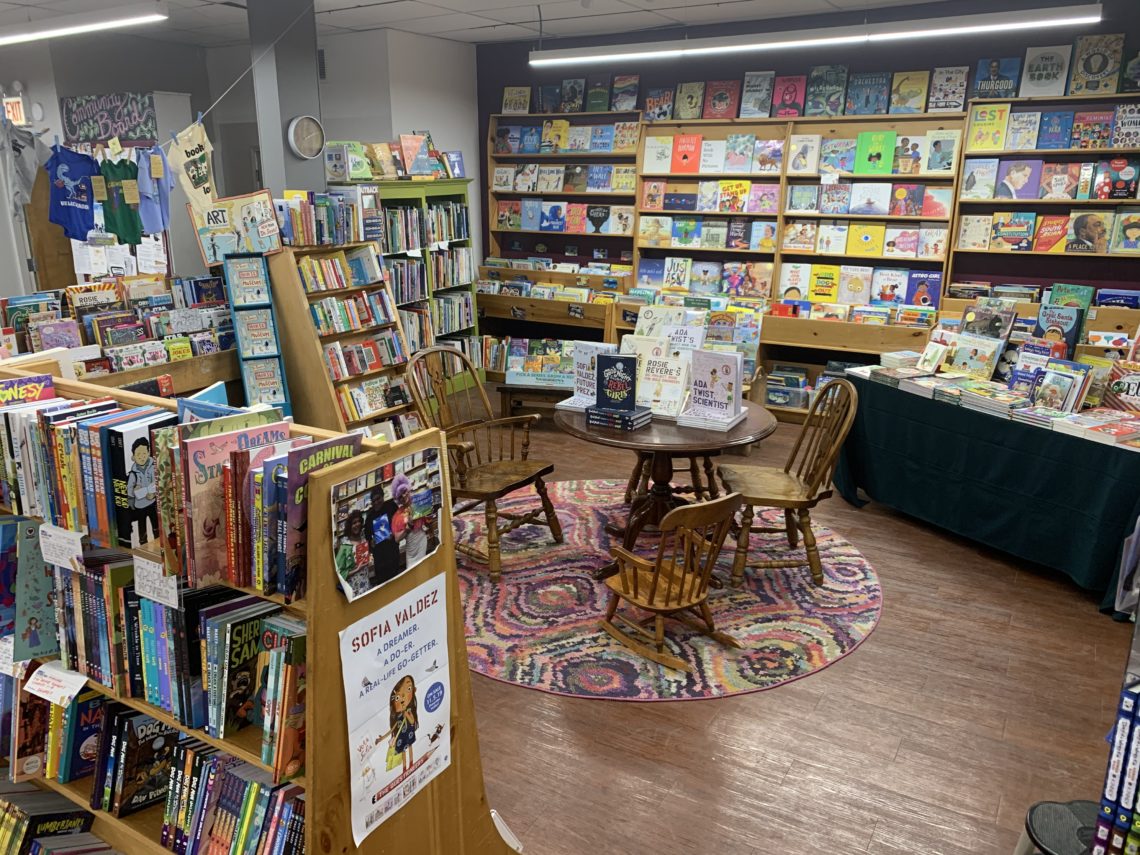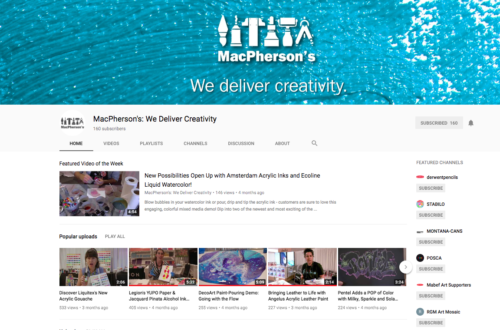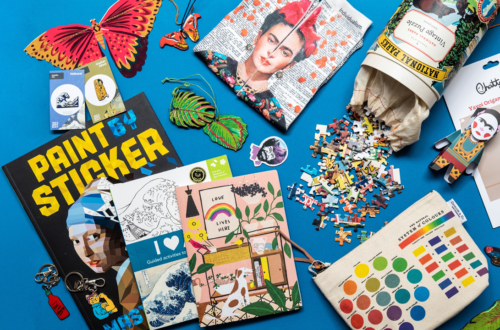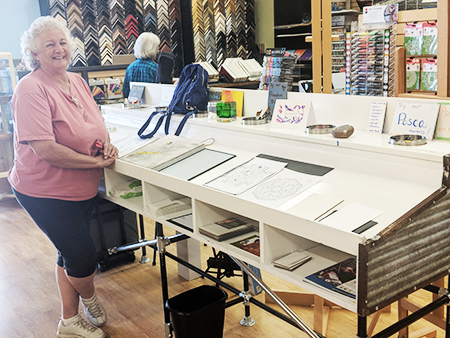- A Three Part Series Inspired By Independent Booksellers
- Creative Retail Strategies: A Feminist Bookstore with a Mission
- For Successful Events in Retail, More Power to the Point People
At Dealer Workshop 2019, our CEO Dave shared some infographics that seemed too good to be true. A resurgence for independent booksellers? Aren’t books being replaced by screens? We thought the writing was on the wall.
Similarly to the art supply industry, independent booksellers possess a lifelong love affair with what they are selling and a passion for doing it right. It’s not always about making profit for profit’s sake: people in the independent bookstore business live and breathe literature. They love talking about books, meeting writers, diving into stories, connecting with characters both real and imagined. Sound familiar?
Passion for our subject matter and the people who create it is not all our industries have in common. The challenges that independent booksellers face in the age of the internet strike a similar chord to our own. Amazon.com shot a ripple through the book industry when it launched in 1995, in more ways than one. But while big box stores are closing or re-branding, indie bookstores are succeeding by way of sheer grit, innovation and collective solidarity.
How do bookstores do it, and how can art supply stores learn from them? We’ve explored this territory and discovered a treasure trove of information that we’ve divvied up into three installments. In this first one we take stock of our similarities and our differences.
All photos in this article are from Women & Children First Bookstore, who we feature throughout this series.
Compare & Contrast: Independent Booksellers & Art Supply Retailers
Before we dive into specific strategies that inspire innovation in our own industry, what exactly do the book selling industry and the art supply industry have in common?
- Daily Operations. Buying is done on a weekly basis. Just like with art supplies, there are bread and butter books that stores need to carry, and there are “top” lists published weekly that influence merchandising and “face outs”. Space is precious, as is having a dedicated staff with a “clean don’t lean” attitude.
- Trends. When customers step into a bookstore, what they are looking for is influenced by…everything. Movies based on books are a good indicator of coming demand. But it can also be as fleeting as which celebrity mentions what title, which Instagram influencer shared what book, or simply the season (i.e. Russian novels are good for Winter).
- Diverse product selections. There is a beautiful intersection between literature and fine art. Crossovers include hand-lettered literary quotes, literary inspired wearable art, bibliophile flair, stationary, pencils, journals, posters, home decor and more.

2019 Nonfiction Top Sellers List 
2019 Fiction Top Sellers List
What’s different?
- Pricing. MSRP is printed directly onto books, which makes for standard pricing and less cluttered signage. Publishers set prices based upon the current market. The average hardcover costs $31 and the margin on books is almost always less than 50%.
- Collective approach. The American Booksellers Association has a strong influence on the industry as a whole. The group worked together to agree upon selling at MSRP (a sticking point with Amazon’s strategies) as its best for writers and booksellers alike. Indie bookstores are unified in their approach. The Chicago chapter, also known as an alliance, met to strategize on improving wages and benefits—resulting in some retailers reforming their business practices to offer a $15 minimum wage for all employees, and a health insurance plan. The ABA also offers free online platforms for indie stores to set up web stores and a ton of online services for retailers.
- Contracts with vendors. Sometimes stores permit publishers to “rent” space within a bookstore and determine what goes on the shelf. The investment is on the vendor and the bookstore has control over that space after a contract ends.Vvendors buy space rather than the investment falling to the retailer.
What We Can Learn From Indie Booksellers
Art Dog contributor and MacPherson’s Account Manager Cassie Brehmer connected with the owners of a local bookstore in Chicago, Women & Children First. The conversation in the next parts of this series reveals how indie bookstores are not only surviving, but thriving. Resonating truths and salient parallels include nurturing a niche community, hiring a passionate staff with creative merchandising know-how, diversifying product selection and hosting events that attract and expand that community.
Stay tuned for the next chapter in the Extended Retail Family Saga!






